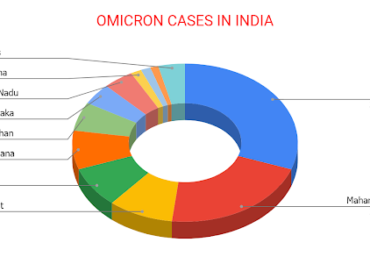2019 began on a harrowing note for the world, especially China with the country’s Wuhan reporting a deadly virus outbreak. Till date, the number of people affected(till Friday) was over 34000 and the number of death reported is said to have crossed the 800 mark. The virus is said to have an animal origin and animal reservoir, making it possible for this single-stranded RNA virus to infect humans and replicate, and possibly mutate in them!
With Wuhan as the epicentre of the outbreak, the majority of new cases were reported from the Hubei province of China. However, over 320 people have been affected by this deadly virus outside of China in over 27 countries. However, this isn’t the first time China has had to face such an epidemic in recent times. When the SARS broke out in 2002-2003, the Chinese authorities did a lot to hide the actual impact of this condition and its spread. But eventually, with the WHO intervening, the actual impact of the disease was revealed.
SARS and MERS(Middle-Eastern Respiratory Syndrome) share something in common with this novel coronavirus 2019. All three are caused by a coronavirus. Until the outbreak of the novel coronavirus epidemic, there were only 6 strains of coronavirus known that have the potential to infect humans. Many other coronavirus strains are said to inhabit animals, rarely causing diseases in them.
The reason we should be worried about this novel strain of coronavirus is because of its genetics and the way it replicates. Viruses, as we are aware, are deadlier than bacteria. With the coronavirus, being a single-stranded DNA, it tends to replicate with mutations and with its origins in animals, it is difficult to understand its life cycle. While the cure for this novel coronavirus is said to be in the process of development, the question we need to ask is – how many such novel microbes is the human race susceptible to? Is this an eye-opener for our race?










